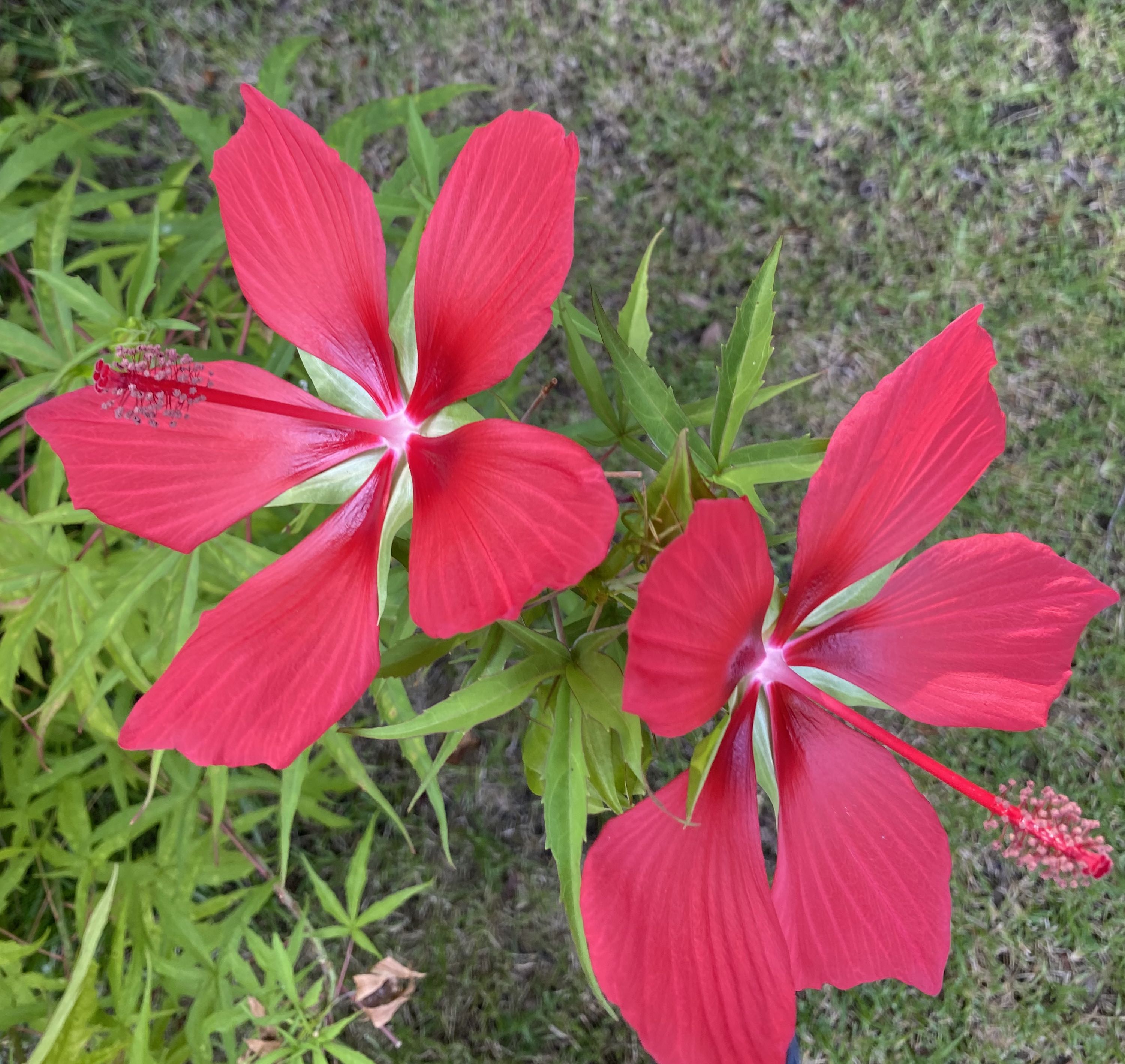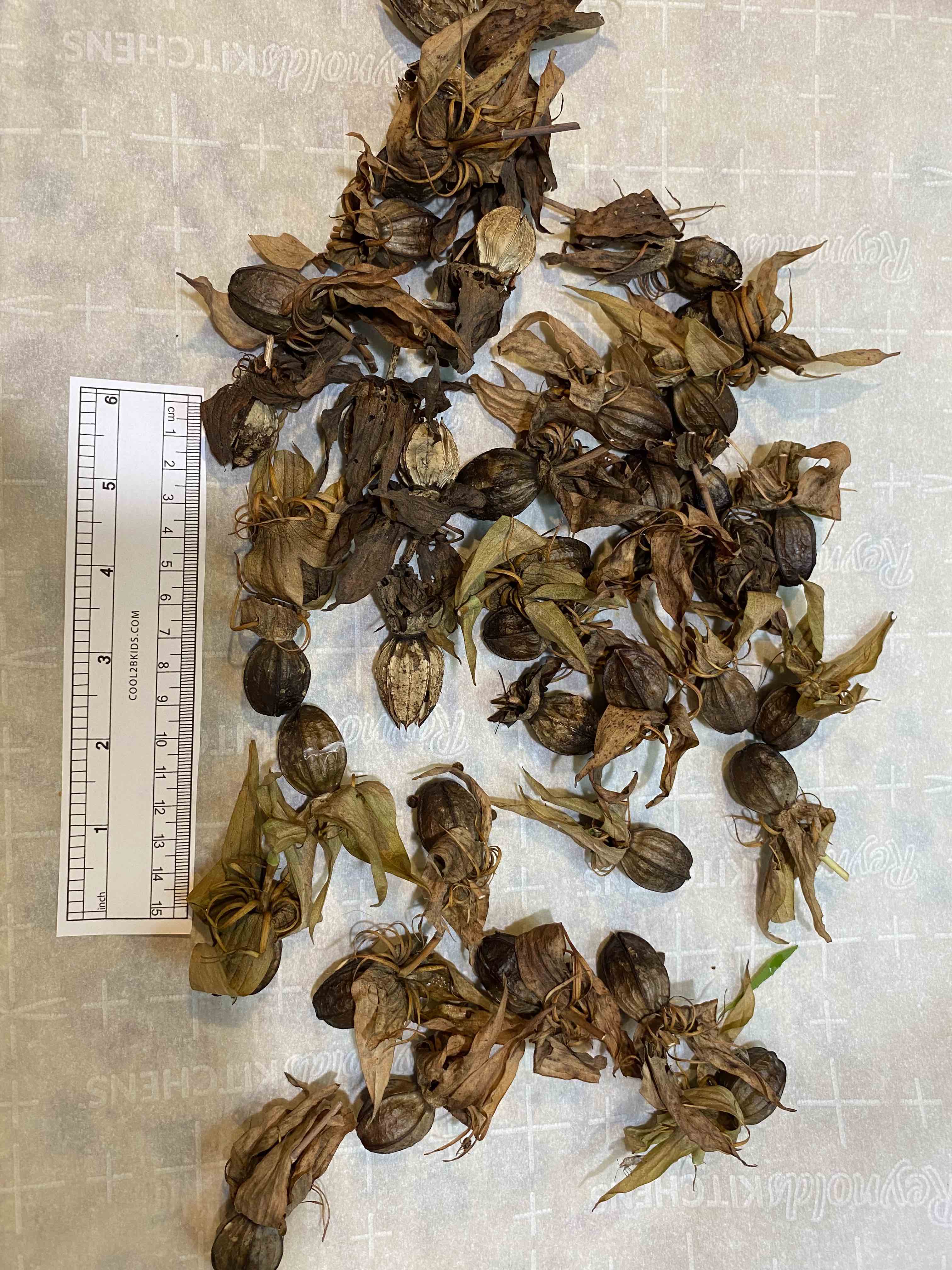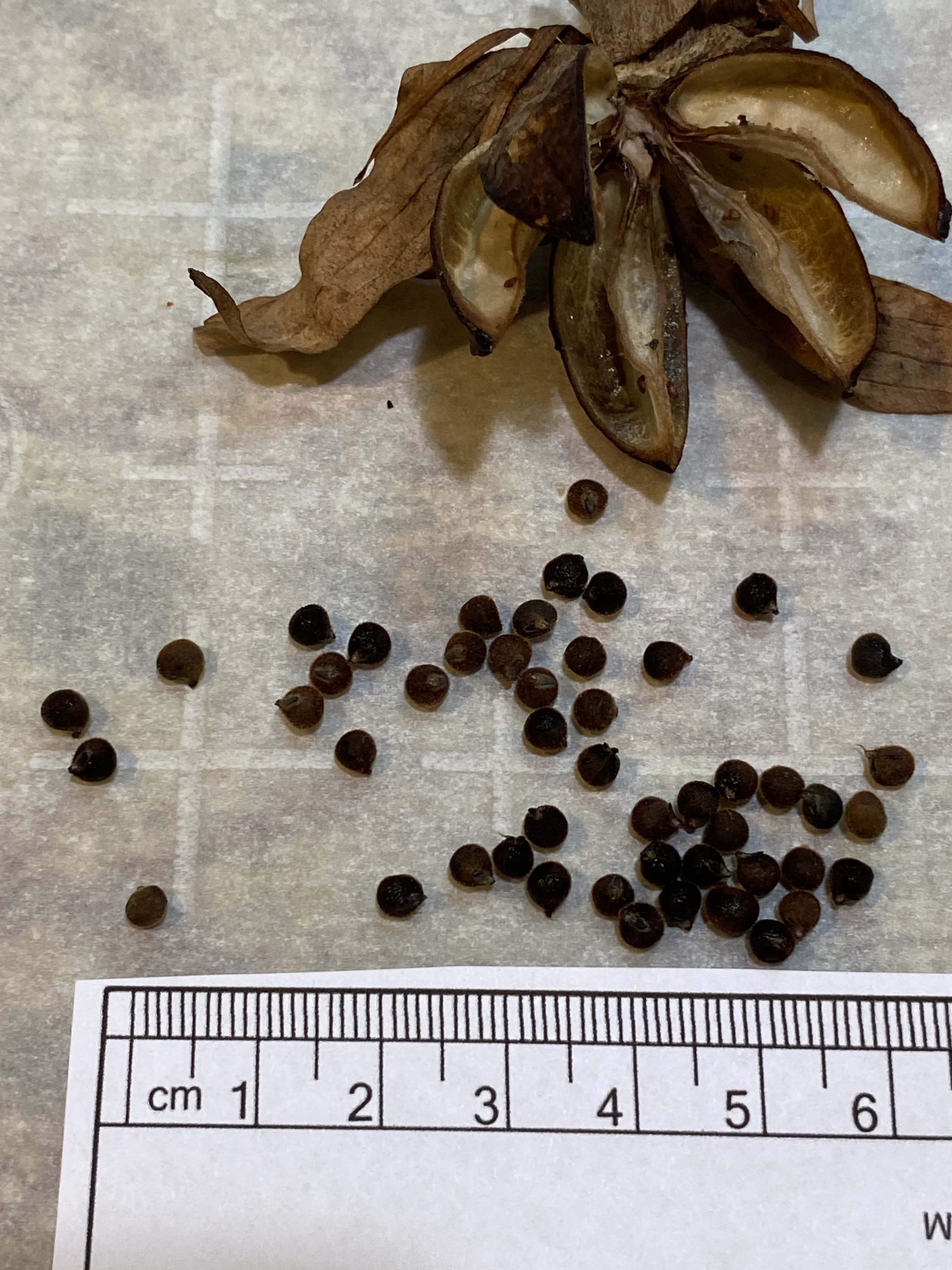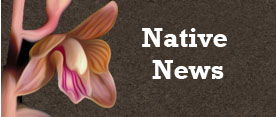NC Native Plant Society:
Plant Details
Hibiscus coccineus
Scarlet Hibiscus, Scarlet Rosemallow, Red Hibiscus
Scientific Name: |
Hibiscus coccineus |
|---|---|
Genus: |
Hibiscus |
Species Epithet: |
coccineus |
Common Name: |
Scarlet Hibiscus, Scarlet Rosemallow, Red Hibiscus |
Plant Type |
Herb/Wildflower |
Life Cycle |
Perennial |
Plant Family |
Malvaceae (Mallow Family) |
Native/Alien: |
S.E. Native |
Size: |
3-6 ft. |
Bloom Color(s): |
Red |
Light: |
Sun - 6 or more hours of sun per day, Part Shade - 2 to 6 hours of sun per day |
Soil Moisture: |
Moist, Wet |
Bloom Time: |
July, August, September |
Habitat Description: |
Marshes, swamp forests, roadside swales, cultivated as an ornamental in yards, in much of our area presumably introduced from farther south, but sometimes appearing native. S. GA and s. AL south to s. FL. |
Leaf Arrangement: |
Alternate |
Leaf Retention: |
Deciduous |
Leaf Type: |
Leaves veined, not needle-like or scale-like |
Leaf Form: |
Simple |
Life Cycle: |
Perennial |
Wildlife Value: |
Highest Wildlife Value |
Landscape Value: |
Highly Recommended and Available |
State Rank: |
(*Key) |
Global Rank: |
G4 - Apparently Secure (*Key) |
State Status: |
(*Key) |
|
Beautiful, large flowers in summer Garden in Orange County, NC
Bettina Darveaux |
|
|
Fruit is a 1 to 2 inch rounded, 5-chambered green capsule, turning brown at maturity and splitting to release the seeds. This is a close-up of the empty capsule in February. Garden in Orange County, NC
Bettina Darveaux |
|
|
Brilliant crimson-red flowers. New Hanover Co., NC, cultivated
Charley Winterbauer |
|
|
Elongated, brown capsules with five lobes. New Hanover Co., NC, cultivated
Charley Winterbauer |
|
|
Capsule with released seeds. There are usually around 34 seeds in each pod. New Hanover Co., NC, cultivated
Charley Winterbauer |
|
Links: |
|
back to top
go to plant details search
go to plant images search
go to gallery home
back to Initial h Gallery
back to orchids
back to Carnivorous Plants
back to Trilliums








